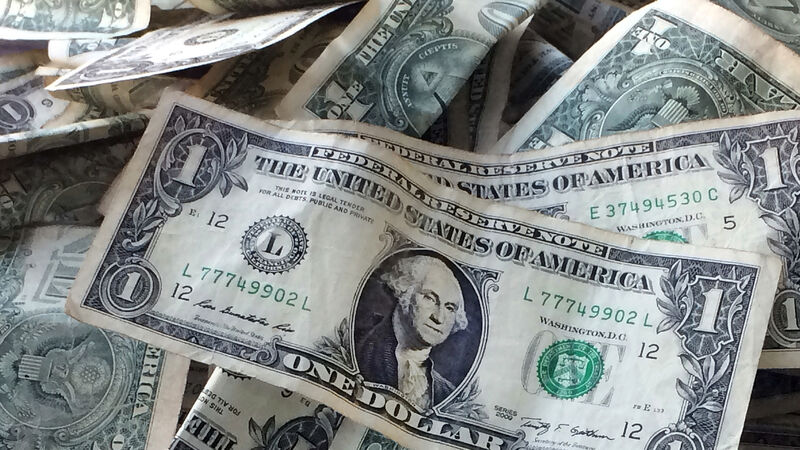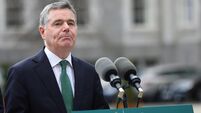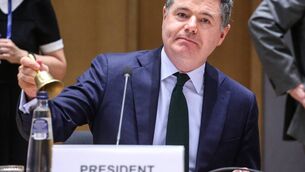Oliver Mangan: Difficult to see major losses for the dollar any time soon

The Fed has been vocal on the need for continued rate hikes so futures contracts are pricing that US rates will rise to 5% by next spring.
The dollar has risen to its highest level on a trade-weighted basis since 2002 after making significant gains against a broad range of currencies in the past year, on firming US interest rates.
The US Federal Reserve has been the most aggressive of the main central banks in hiking rates this year, lifting the funds rate to over 3.12% since March.
The central bank has also been the most vocal on the need for continued significant rate hikes to counteract high inflation. As a result, futures contracts are pricing that US rates will rise to 5% by next spring. The Russian invasion of Ukraine has also contributed to dollar strength in terms of a flight-to-quality into the world’s largest reserve currency.
It is difficult to envisage a significant reversal in the dollar’s fortunes anytime soon as it should be supported by further moves upwards in US interest rates and accompanying relatively high US bond yields.
Not surprisingly, given the slowness of the European Central Bank to hike rates and the eurozone’s closer trade and financial ties with Russia, and in particular its reliance on imports of Russian gas, the euro has come under a lot of pressure against the strong dollar this year.
The euro-dollar rate has been on a steady downward path since the start of 2022, declining from around $1.14 in January to breach parity in late summer and move below $0.96 in September.
From a euro viewpoint, the fact that the ECB is now engaged in delivering a series rate hikes that are expected to extend well into 2023 should prove beneficial for the currency. However, the war in Ukraine is likely to continue to pose an ongoing risk for the euro, especially with the virtual cessation of gas imports from Russia, which could eventually lead to power cuts in Europe late next year.
Overall, our base case is that with further significant ECB rate hikes on the agenda, the euro could continue to trade within its recent range of $0.95 to $1 in the coming months.
Indeed, it is worth pointing out that the euro has made good gains against most of the major currencies since late summer.
It is only when US rates peak that dollar strength may begin to subside. In this regard, futures contracts are discounting that the Fed could start to cut rates by the of end 2023, with rates falling to 4% by the end of 2024.
This may see the dollar lose ground, but it is hard to envisage sharp losses for the currency as US interest rates would still be relatively high.
- Oliver Mangan is chief economist at AIB











